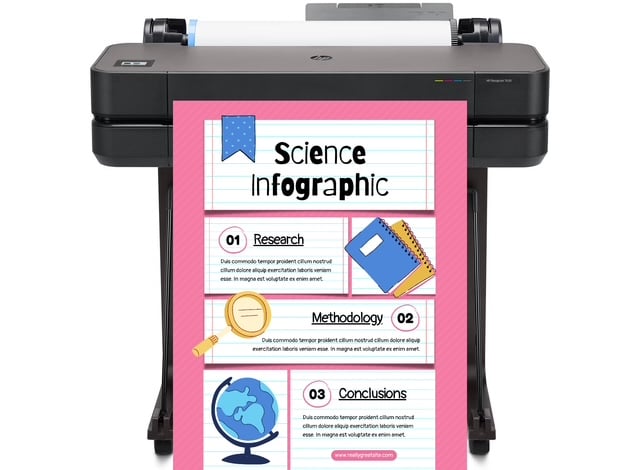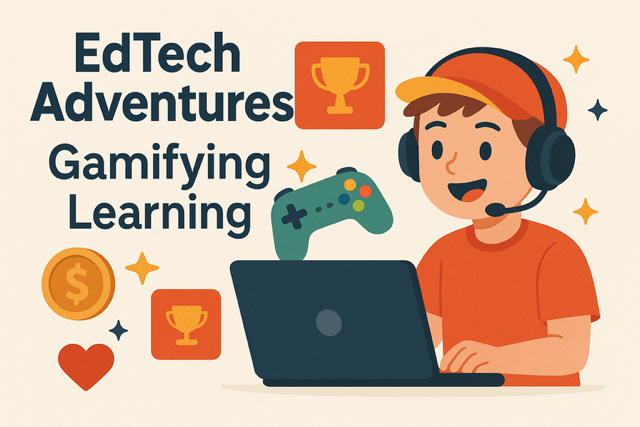
DISCOUNTED EDUCATION PRICING! CALL 1-877-891-8411. We Gladly Accept School Purchase Orders!

In today’s fast-paced, tech-driven world, keeping students engaged in the classroom can feel like a Herculean task. Traditional teaching methods often struggle to capture the attention of the digital generation—students who’ve grown up with smartphones, video games, and instant access to information. Enter gamification, a revolutionary approach that transforms education by infusing it with the excitement and interactivity of games. By leveraging emerging edtech tools like virtual reality (VR), augmented reality (AR), and artificial intelligence (AI), educators can create immersive, engaging, and personalized learning experiences that resonate with K-12 and higher education students alike. This blog dives into the rise of gamification in education, showcases real-world examples, provides practical how-to guides, and amplifies student voices to illustrate why this trend is reshaping classrooms worldwide. Plus, we’re launching an EdTech Challenge to inspire educators to get creative with gamified learning—read on to learn how you can participate!
Gamification involves applying game design elements—like points, badges, leaderboards, and interactive challenges—to non-game contexts, such as education. Research shows that gamification boosts student engagement by up to 60% and improves retention of complex concepts by making learning fun and interactive. In a 2023 study by the Journal of Educational Technology, 78% of students reported higher motivation when lessons incorporated game-based elements. For the digital generation, accustomed to the instant feedback and rewards of video games, gamification bridges the gap between entertainment and education.
Emerging edtech tools amplify this impact. VR immerses students in historical events or scientific simulations, AR overlays digital content onto the real world, and AI personalizes learning paths to match individual needs. These technologies aren’t just futuristic—they’re accessible now, with free or low-cost tools like Kahoot, Classcraft, and Minecraft Education transforming classrooms. Whether you’re a teacher looking to spice up lessons, a parent supporting at-home learning, or a student eager for dynamic education, gamification offers something for everyone. Let’s explore how schools are putting this into action.
At Lincoln High School in California, history teacher Sarah Thompson uses VR to transport her students to ancient civilizations. Using Google Expeditions, a free VR platform, students “visit” the Colosseum in Rome or walk through a digital recreation of ancient Egypt. “Students who once zoned out during lectures now debate gladiator battles with enthusiasm,” Thompson says. The immersive experience helps students visualize historical contexts, improving retention by 40%, according to school assessments. VR headsets, once expensive, are now affordable, with options like Oculus Quest offering educational bundles for schools.
Maplewood Middle School in New Jersey has integrated AI-driven apps like DreamBox Learning to personalize math instruction. The platform adapts to each student’s skill level, offering challenges that feel like games—think solving puzzles to “unlock” the next level. Data from Maplewood shows a 25% improvement in math test scores since adopting DreamBox. “It’s like playing a video game, but I’m actually learning algebra,” says eighth-grader Mia Chen. AI tools analyze student progress in real-time, allowing teachers to focus on targeted support.
At Global Academy in London, AR apps like Merge Cube bring science to life. Students hold a cube that, through an AR app, transforms into a 3D model of the solar system or a beating heart. Science teacher Raj Patel notes, “Students who struggled with abstract concepts like molecular structures now grasp them because they can manipulate 3D models.” AR’s tactile nature makes it ideal for hands-on learners, and affordable apps ensure schools with tight budgets can participate.
Ready to bring gamification to your classroom? Here are three step-by-step guides to integrate free or low-cost edtech tools, designed for educators with minimal tech experience.
Kahoot is a free platform that turns quizzes into interactive competitions. Here’s how to get started:
Classcraft transforms your classroom into a role-playing game (RPG) where students earn points for positive behaviors and academic achievements. Here’s how:
Minecraft Education Edition (starting at $5 per user/year) lets students build virtual worlds while learning subjects like history or coding. Try this:
To understand gamification’s impact, we spoke to students who’ve experienced it firsthand. “In regular classes, I’d forget stuff after the test,” says Jamal Carter, a 10th-grader using Classcraft. “Now, I’m motivated to earn points and help my team—it’s like I’m in a game I want to win.” Sophia Lee, a college freshman using VR for biology, adds, “Seeing a cell in 3D makes it easier to understand how it works. It’s not just memorizing a textbook.” These voices highlight a key benefit: gamification makes learning memorable and meaningful.
For educators hesitant about gamification, student feedback offers reassurance. A 2024 survey by EdTech Magazine found that 85% of students using gamified tools felt more confident in their skills. By tapping into students’ love for games, teachers can foster a growth mindset and reduce anxiety around challenging subjects.
Ready to get creative? We’re launching a monthly EdTech Challenge to inspire educators to design their own gamified lessons. Here’s how it works:
The challenge encourages collaboration and innovation, building a community of educators passionate about gamified learning. Our first winner, a 4th-grade teacher from Texas, created a “Math Treasure Hunt” using AR to teach fractions—check out her story next month!
Gamification isn’t just a trend; it’s a paradigm shift. By blending VR, AR, and AI with game-based strategies, educators can meet students where they are—on their devices, in their element. The result? Engaged learners, better outcomes, and classrooms that feel like adventures. Whether you’re a teacher exploring Kahoot, a parent curious about Minecraft Education, or a student eager for interactive learning, gamification offers endless possibilities. Edtech helps student engagment!
Start small: try a free tool like Kahoot this week. Share your experiences in the comments or join our EdTech Challenge to inspire others. Together, we can make learning an adventure for the digital generation. What’s your first step?